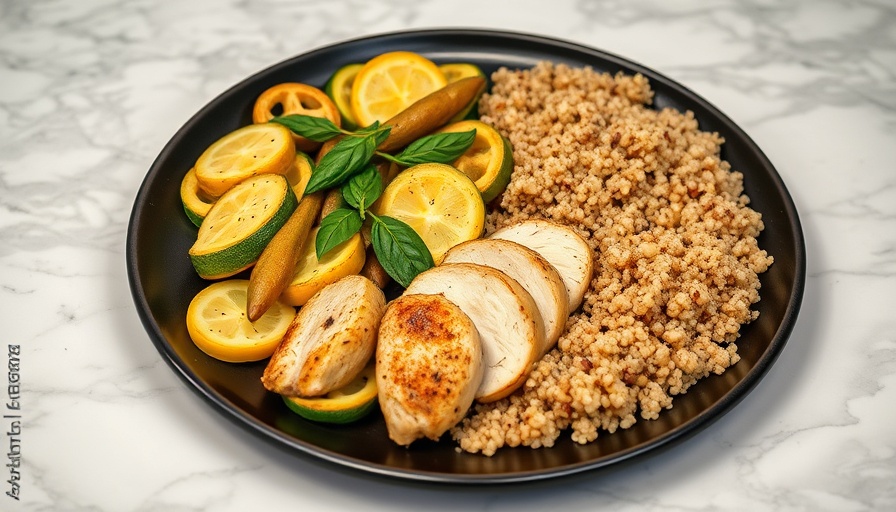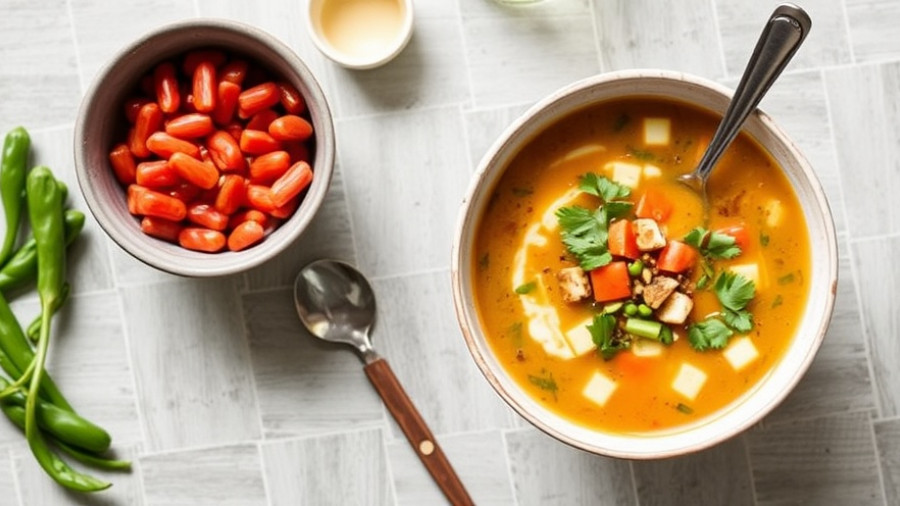
Quick and Delicious: A Family-Friendly Dinner in 20 Minutes
In today’s fast-paced world, finding quick, yet nutritious dinner options is essential for busy families. Italian chicken and vegetables is a one-pot meal that packs a punch of flavors, making it a go-to recipe for anyone, especially parents balancing work and family life. Within just 20 minutes, you can present a wholesome dish that’s not only healthy but also versatile enough to suit even the pickiest eaters.
Why This Dish Is Perfect for Busy Families
The beauty of this recipe lies in its simplicity and flexibility. With just eight ingredients, it's easy to prepare, and the cooking methods—air frying and pressure cooking—allow for hands-free meal prep. While your vegetables cook in the air fryer, the quinoa can be set in the instant pot, allowing you to focus on cutting the chicken and assembling the bowls. Furthermore, this dish encourages creativity; any vegetables on hand, such as bell peppers, zucchini, or green beans, can be used, making it an ideal option for refrigerator cleanouts.
Versatile Ingredients That Boost Nutrition
Italian dressing serves as a flavor base that not only simplifies the cooking process but also enhances the taste without the need for multiple seasonings. The inclusion of proteins like boneless chicken thighs or tenders ensures that the meal is not only delicious but also satisfying and rich in essential nutrients. This adaptability means you can easily adjust the spice levels or even switch to a different dressing, such as Greek or pesto, to cater to diverse tastes.
Making It Your Own: Variations and Tips
With this recipe, the customizations are endless. If your family enjoys a bit of heat, consider drizzling some sriracha over the finished bowls or adding chili flakes to the quinoa. For those sensitive to carbohydrates, alternatives like cauliflower rice can transform this dish into a low-carb delight. Not to mention, the possibility of serving over pasta adds a comforting twist that can always win the hearts of children.
Share the Love: How Food Connects Families
Food is not just about nourishment; it fosters connection and family bonding. Sitting down together for a meal like this Italian chicken and vegetables can turn an ordinary night into an opportunity for conversation and laughter. Encouraging kids to partake in meal preparation can also instill a sense of responsibility and a love for cooking from a young age, equipping them with essential skills for their future.
So why wait? Bring this vibrant Italian chicken and vegetables dish into your kitchen for a quick, nutritious dinner that will delight your family. Embrace versatility, encourage creativity, and serve up the flavors of Italy tonight.
 Add Row
Add Row  Add
Add 




Write A Comment